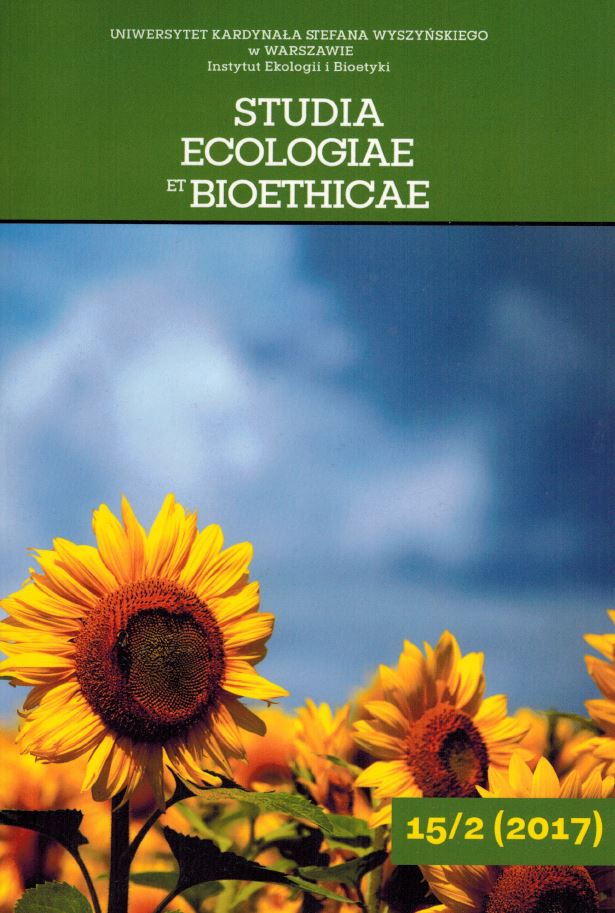Liczebność względnie beztlenowych, mezofilnych, przetrwalnikujących bakterii celulolitycznych w glebie spod uprawy drzew owocowych nawożonej kompostem na bazie miału z węgla brunatnego
The number of facultative,anaerobic, mesophilic, spore-forming cellulolytic bacteria in the soil fertilized with compost made from addition of powdered brown coal under cultivation of the fruit trees
Author(s): Jakub Dobrzyński, Wojciech Stępień, Monika Sitarek, Lidia Sas-Paszt, Patrycja Słodownik, Ewa GórskaSubject(s): Agriculture, Energy and Environmental Studies
Published by: Wydawnictwo Naukowe Uniwersytetu Kardynała Stefana Wyszyńskiego w Warszawie
Keywords: brown coal; cellulas; composts; FAMSCB
Summary/Abstract: Ecology of facultative anaerobic, mesophilic, spore-forming and cellulolytic bacteria (FAMSCB) is poorly understood. In the literature, there are only scant information about the impact of fertilization and type of the crop on the occurrence of FAMSCB. The aim of our study was to demonstrate the effect of the addition of various brown coal fine-based composts on a chemical properties and the occurrence of in the bulk and rhizosphere soil from selected plants. Soil under the experimental plants was slightly acidic, and did not differ in macronutrient content. The number of investigated groups of microorganisms depended on the type of compost and ranged from 9.99 to 3186.9 cfu (colony forming units) per gram of dry soil. All composts stimulated the number of cellulolytic bacteria in a bulk soil. In the case of rhizosphere soil, compost containing effective microorganisms (EM) reduced the number of FAMSCB. The largest number of investigated rizosphere microorganisms were found in the cultivation of cherries, fertilized with compost prepared from brown fine with waste from the production of fruiting bodies of Pleuretus ostreatus (3186.9 cfu per gram of dry soil).
Journal: Studia Ecologiae et Bioethicae
- Issue Year: 15/2017
- Issue No: 2
- Page Range: 93-98
- Page Count: 7
- Language: Polish

